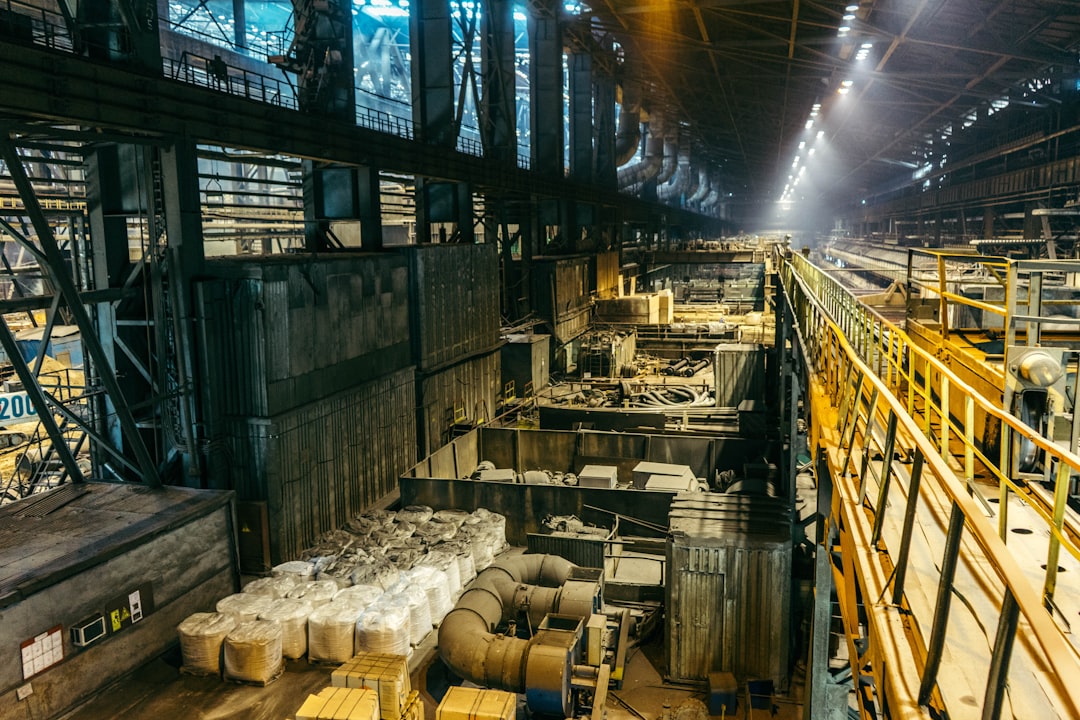body { font-family: sans-serif; line-height: 1.6; }
h1, h2, h3 { color: #333; }
The steel industry, a cornerstone of global infrastructure and manufacturing, presents buyers with a crucial decision: procure steel through spot purchases or secure long-term contracts. This decision significantly impacts pricing, risk management, and overall supply chain efficiency. This comprehensive guide dissects the advantages and disadvantages of each approach, helping you determine the optimal strategy for your business needs.
Understanding Spot Steel Contracts: Riding the Price Waves
Spot contracts involve purchasing steel on the open market at the prevailing market price. This approach offers flexibility and responsiveness to short-term needs. Buyers can quickly acquire steel when needed, adapting to fluctuating demand and project timelines. However, this flexibility comes at a cost. Spot prices are volatile, subject to market fluctuations influenced by raw material costs, global demand, and geopolitical events. This volatility introduces significant price risk. A sudden surge in prices can severely impact project budgets and profitability. Furthermore, the availability of steel through spot purchases isn’t guaranteed, particularly during periods of high demand or supply chain disruptions.
The Stability of Long-Term Steel Contracts: A Haven in Volatile Markets
Long-term steel contracts, typically spanning several months or even years, provide price certainty and supply security. These contracts lock in a predetermined price per ton, shielding buyers from the unpredictable swings of the spot market. This price stability allows for better budget planning and forecasting, enhancing project predictability. Moreover, long-term contracts often guarantee a consistent supply of steel, mitigating the risk of shortages. This reliability is particularly crucial for businesses with continuous production needs or large-scale projects.
Price Volatility: The Defining Factor in Contract Selection
The most significant difference between spot and long-term contracts lies in price volatility. Spot contracts expose businesses to the full force of market fluctuations, potentially leading to substantial cost overruns. Long-term contracts, on the other hand, mitigate this risk by fixing prices upfront. However, this stability comes with the potential downside of missing out on price drops if the market declines after the contract is signed. Therefore, careful market analysis and forecasting are essential to make an informed decision. Consider your risk tolerance and the potential impact of price fluctuations on your business’s profitability.
Supply Chain Considerations: Security vs. Flexibility
Supply chain security is another crucial factor. Spot contracts offer flexibility but lack the guaranteed supply of long-term contracts. In times of market disruptions or unforeseen events, securing steel through spot purchases can be challenging and costly. Long-term contracts, by guaranteeing supply, ensure uninterrupted production and project execution. However, this security can come at the cost of flexibility. Changing project needs or unexpected demand shifts might be difficult to accommodate under a rigid long-term contract. The optimal choice depends on the predictability and stability of your production and project requirements.
Risk Management: Hedging Against Market Uncertainty
Effective risk management is paramount in steel procurement. Spot contracts require robust risk mitigation strategies, such as hedging or price forecasting tools, to minimize exposure to price volatility. Long-term contracts inherently reduce price risk, but other risks remain, such as supplier default or unforeseen changes in project specifications. A comprehensive risk assessment, considering both market and contractual risks, is crucial for both spot and long-term approaches. Diversifying your supplier base, regardless of contract type, can also significantly reduce overall risk.
Ultimately, the choice between spot and long-term steel contracts depends on a careful evaluation of your specific business needs, risk tolerance, and market outlook. A thorough understanding of the advantages and disadvantages of each approach, coupled with meticulous market analysis and risk assessment, will guide you towards the most effective procurement strategy for your organization.
SEO-Friendly Tags:
- Spot steel contracts
- Long-term steel contracts
- Steel price volatility
- Steel supply chain management
- Steel procurement strategy




